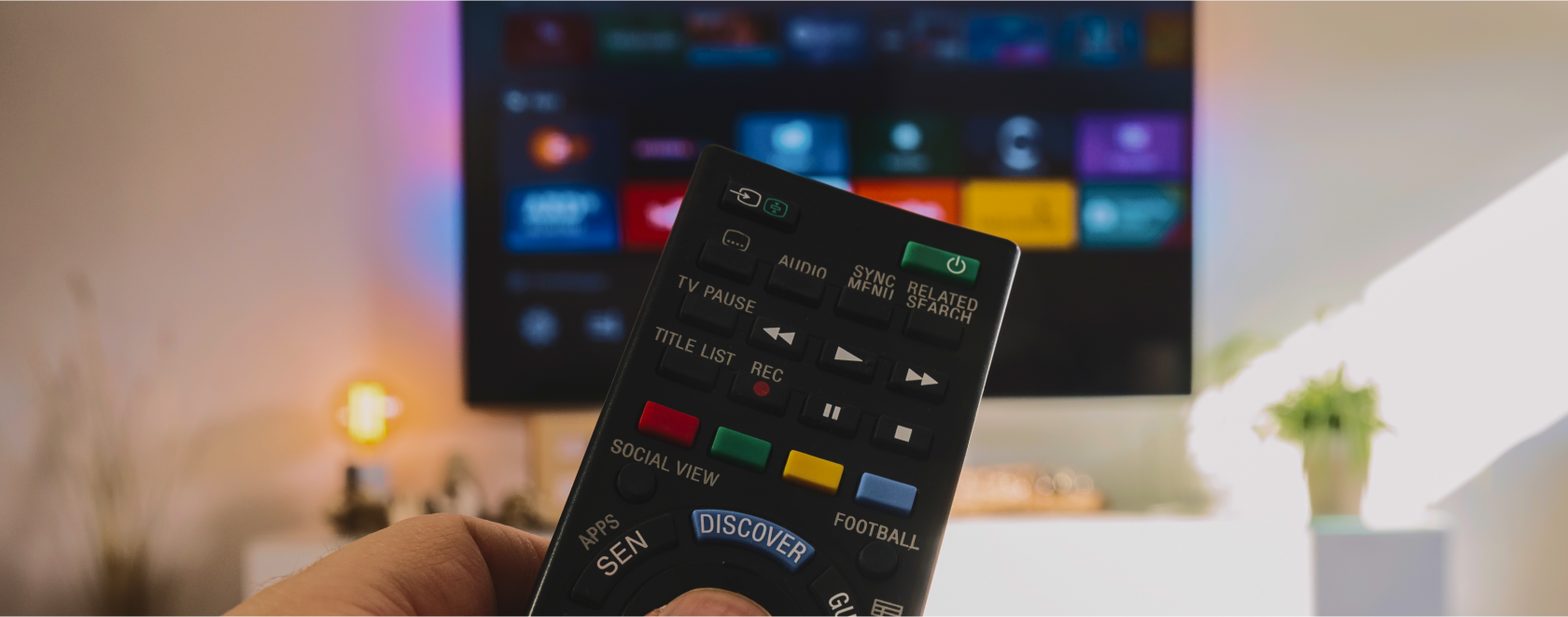The world of home entertainment has undergone a massive transformation in recent years. With the rise of smart TVs and streaming devices, users now expect seamless access to content without the friction of switching between multiple screens or entering long payment details. One of the most convenient features in this ecosystem is the ability to purchase movies, shows, or streaming subscriptions directly through the TV interface, using nothing but the remote control. This capability is made possible by in-app payment systems integrated into platforms like Google TV, Apple tvOS, and proprietary provider stores. Understanding how these systems differ and which platform offers the most user-friendly approach can help you make an informed decision when choosing your next media device.
The Evolution of In-App Payments on Streaming Platforms
The concept of in-app payments emerged in the mobile app ecosystem, where users could make purchases within applications without visiting external websites. Today, the same concept powers the media experience on streaming devices. When a user browses through content on a TV interface, they can buy or rent movies, upgrade to premium channels, or subscribe to new streaming services without leaving the platform. The convenience is obvious: no need to reach for a phone or log into a computer — a few clicks on the remote and the content is ready to play.
In-app payment systems for streaming devices rely on integrated billing frameworks tied to the user’s account. The user sets up payment methods once — typically during the initial device configuration — and the platform securely processes all future transactions. This seamless approach reduces barriers to purchase, making it easier for content providers to monetize their offerings and for viewers to access entertainment instantly.
Google TV: A Unified and User-Centric Experience
Among major platforms, Google TV stands out for its emphasis on simplicity and integration. Google TV builds on the Android TV ecosystem, combining personalized recommendations, voice search, and a streamlined checkout experience within a single interface. When you rent or buy a movie through Google TV, the transaction is handled by Google Play Billing, the same system used across Android apps and services. This means that users benefit from a unified wallet: the same payment methods stored in their Google account are available on the TV.
Another major advantage of Google TV is its strong cross-device synchronization. Purchases made on your streaming device are instantly accessible on any other device linked to your Google account, such as smartphones, tablets, or even a web browser. This creates a sense of continuity that other platforms often struggle to match. Furthermore, the integration of Google Pay enhances the security and speed of transactions, allowing users to authorize purchases quickly without cumbersome steps.
For families and shared accounts, Google TV also provides parental controls and purchase approval workflows, reducing the risk of accidental buys. Combined with an intuitive interface and comprehensive content aggregation, Google TV’s in-app payment system is arguably the most user-friendly and versatile option available today.
Apple tvOS: Seamless but Locked into the Ecosystem
Apple’s tvOS also offers a polished payment experience through its integration with the Apple ID and Apple Pay system. When users make purchases on Apple TV, the transactions are processed through the App Store billing system, which ensures consistency with other Apple devices. For those heavily invested in the Apple ecosystem, this creates an exceptionally smooth experience — especially with the added convenience of confirming payments through Face ID or Touch ID on an iPhone.
However, the convenience comes at a cost: Apple’s ecosystem remains relatively closed. Access to certain third-party content or subscription services can be limited due to Apple’s policies on in-app payments. While the user experience is excellent for Apple-native services like Apple TV+ or iTunes movie rentals, the platform’s rigidity may pose challenges for users who want broader flexibility. Unlike Google TV, cross-platform accessibility is less open, making it harder to integrate purchases across non-Apple devices.
Proprietary Provider Stores: A Fragmented Approach
Many IPTV providers and device manufacturers offer their own app stores and payment solutions. While these proprietary systems enable direct control over transactions and content distribution, they often lack the convenience and reliability of major platforms. Users may need to set up separate payment profiles, navigate unfamiliar interfaces, and deal with inconsistent security practices. Additionally, purchases made through a provider’s store are usually locked to that specific ecosystem, reducing content portability across devices.
This fragmented approach can lead to user frustration, particularly when compared to the streamlined models offered by Google TV and Apple tvOS. For providers, maintaining their own billing infrastructure is resource-intensive, and the lack of integration with global payment platforms can deter customers accustomed to effortless digital transactions.
Why Google TV Offers the Best Balance
When comparing these models, Google TV clearly strikes the most appealing balance between convenience, flexibility, and security. Its reliance on a globally recognized payment system, coupled with robust device synchronization and an intuitive interface, sets it apart from competitors. The platform’s openness allows users to access a wide range of content providers without restrictive policies, ensuring that entertainment choices remain diverse and user-driven.
For anyone considering a new IPTV set-top box or media player, choosing a device powered by Google TV is a strategic decision. It not only simplifies payments but also enhances the overall content experience by reducing friction at every stage of the process.
As digital entertainment continues to dominate, the ability to buy movies or subscribe to streaming services directly from your TV remote has become more than a convenience — it is an essential feature. Among the leading options, Google TV stands out for its seamless integration, broad compatibility, and user-focused design. While Apple tvOS and proprietary systems offer their own advantages, they cannot match the flexibility and accessibility that Google TV delivers. For those who value simplicity, security, and choice, Google TV remains the top recommendation in today’s rapidly evolving media landscape.
